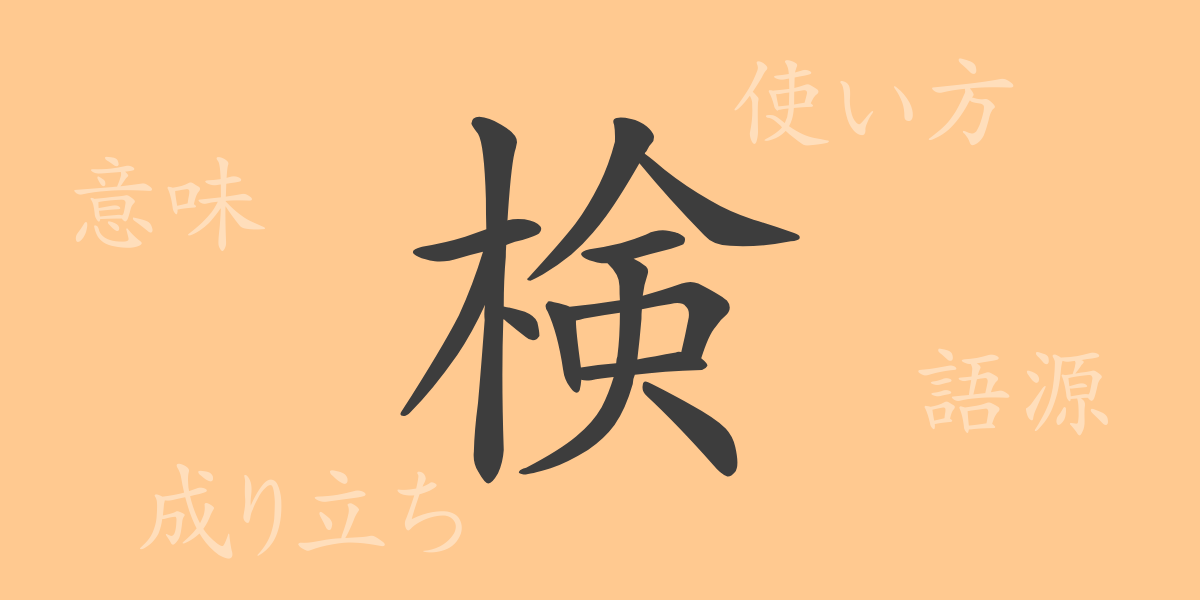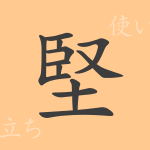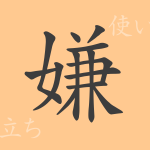In written Japanese, numerous kanji are used, with “検” (けん, ken) being one deeply embedded in our daily lives. This article explores the historical background, meaning, usage, and common idioms involving the kanji “検,” providing a comprehensive look into this integral character.
Origins of 検
The kanji “検” (けん, ken) is composed of the radical for wood “木” (き, ki) and the phonetic element “㑒” (じんにょう, jinnyou). “㑒” appears in the character “詹” (せん, sen), originally depicting a person overseeing or inspecting. Thus, “検” initially conveyed the meaning of examining or inspecting wood, representing the careful investigation over time.
Meaning and Usage of 検
The kanji “検” (けん, ken) means “to examine,” “to inspect,” or “to investigate.” It is widely used in legal and medical contexts, among others. For instance, “検査” (けんさ, kensa) in medical settings refers to the examination of the body for abnormalities. “検討” (けんとう, kentou) means to carefully consider or study something, frequently used in business contexts.
Readings, Stroke Count, and Radical of 検
Here are the basic details of the kanji “検” (けん, ken):
- Readings: On’yomi – けん (ken); No specific kun’yomi.
- Stroke count: 12 strokes.
- Radical: The radical is 木 (きへん, ki-hen), indicating its relation to wood.
Idioms, Proverbs, and Phrases Using 検
Several idioms, proverbs, and phrases incorporate the kanji “検” (けん, ken). Here are a few examples:
- 検証 (けんしょう, kenshou): To verify or examine in detail to reveal the truth.
- 検索 (けんさく, kensaku): To search for information.
- 検事 (けんじ, kenji): A public prosecutor who brings charges and seeks the application of law in court.
- 点検 (てんけん, tenken): To check the condition of machinery, ensuring it is problem-free.
Conclusion About 検
The kanji “検” (けん, ken) plays a significant role in our daily lives, prominently in fields such as medicine, law, and education. It symbolizes the act of examining or scrutinizing. Understanding its origin and meaning can deepen our appreciation and understanding of the Japanese language.

























